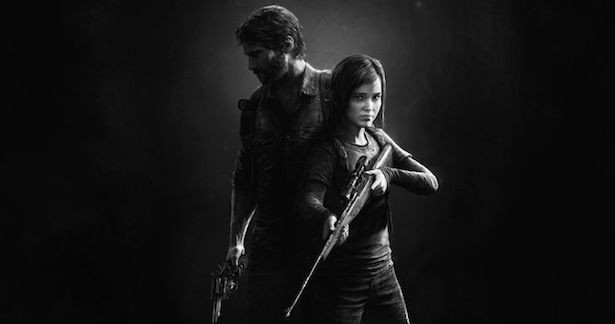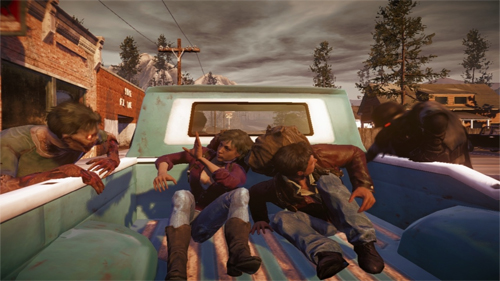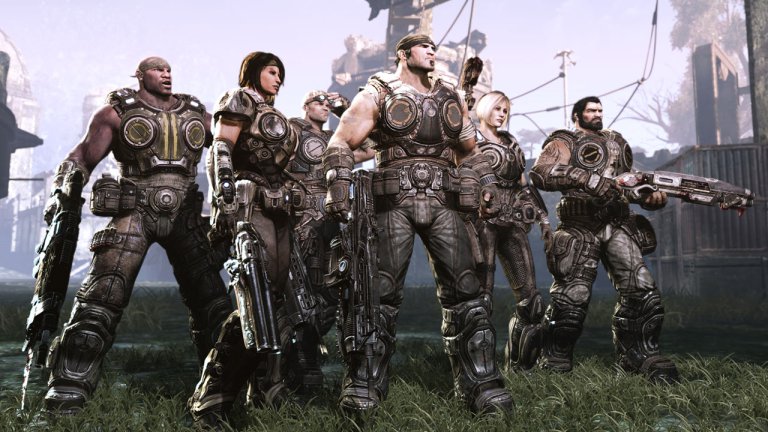In our last podcast we talked about just what zombies mean in a larger cultural context. A new government publication brought it back to light for me this week so I thought I’d take a minute to throw out a few final ideas before some strange dude comes and eats my brains.
Zombies first hit the big screen in the 1930s. Most cite White Zombie (1932) as the first zombie film, but the most well known (and most remade) zombie film has got to be Night of the Living Dead (1968). This year alone there have been almost 20 zombie films released and countless zombie based games (and zombie modes for non-zombie games like CoD: Black Ops and Red Dead Redemption). In a phrase zombies are, once again, hot.
While most folks these days don’t believe in voodoo and the walking dead the preponderance of zombies in our current entertainment media resonates with consumers for a reason. If zombie nazis weren’t enough there is always Pride and Prejudice and Zombies. But one of the things that sticks out for me most is the change in the nature of zombies in the last 80 years. While the first zombies were voodoo induced walking dead, today’s zombies are alive, walking, and carrying a crazy high viral load. Zombism is now blood-borne.
The zombie as an archetype has always served as a means to spread xenophobia…the fear of the unknown. What better way to scare folks shitless about things or people that they know little about…things that could be seen as a threat to the status quo. In the 30s voodoo/witchcraft was used to produce zombies in the deep dark jungles until White Zombie came along and made folks fear what the dark voodoo bearing folks could do to them. In 1968 Night of the Living Dead really plays up the xenophobia in a very meta way. When the one Black guy in the movie spends all of his time protecting folks and killing off the zombies only to be shot in the head and killed by the rescuing forces in the end the irony is pervasive.
In Resident Evil 4 our favorite walking dead zombies become a biohazard (also the name under which the game was released in Japan) and members of a Spanish speaking village known as Los Ganados (“The Cattle” in Spanish). By the time we get to RE 5 we have moved from Spanish speaking cults in Europe to infected Africans in the Motherland who are no longer officially zombies but the “Majini” (“evil spirits” in Swahili) and the infection is blood-borne (AIDS anyone?). Both time the very white, very male, very militaristic Chris Redfield is sent in to rescue folks from the brown and black enemy. We see this same blood borne infection become the focus of zombie films like 28 Days Later (2002) where zombism is caused by a virus called Rage that is grown in a lab and tested on lab monkeys. This could only be more loaded if the lab was built on a nuclear test site and run by child molesting priests.
All of this is my very long winded, roundabout way of getting to how zombies may save us in the end, at least according to the Center for Disease Control (CDC). The CDC’s Office of Public Health Preparedness and Response released a graphic novella this week entitled, “Preparedness 101: Zombie Pandemic” (PDF). The novella uses the threat of a zombie apocalypse to show people the importance of having emergency preparedness kits and plans in place…even if there are no zombies. There are always other unknowns, right? Storms, Terrorists, Swine Flu.




